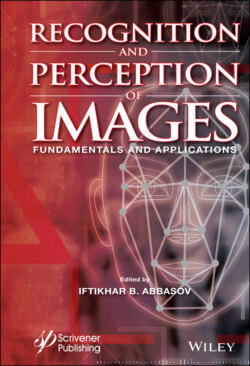Читать книгу Recognition and Perception of Images - Группа авторов - Страница 32
1.3.4 The Dependence of Perception on the Orientation of the Figure
ОглавлениеFor us, additional recognition factors are the apparent orientation of the shape in a given context. As a sign of orientation, the observer takes into account the relative position of the top, bottom and borders of the figure. The unfamiliar shapes shown in Figure 1.3.20 seem to be different from the neighboring forms, although they are identical. The shapes on the right and on top due to the special position are recognized by us rather quickly; therefore, with the change of location, the perception of the figure also changes.
Figure 1.3.20 Perception of forms depending on orientation.
The ambiguous forms presented in Figure 1.3.21 in various combinations are perceived as shapeless spots, but they are created on the basis of the profile of a woman’s face, turned in various combinations [Arnheim, 1974], [Shiffman, 2008], [Abbasov, 2016].
Figure 1.3.21 Perception of ambiguous forms.
Figure 1.3.22 Recognition of the profile on the background and as a contour.
The perception process is influenced by past experience, memories, expectations, suggestion, and surroundings. Setting an observer under a certain perception of the surrounding world is called a perceptual setting. On Figure 1.3.22, on the left, four figures of irregular shape are shown, but as a profile of the face they are perceived in the right figure.
The gestalt organization of perception takes into account the combination of “figure-background”, built on the factors of “good continuation” and closure.
